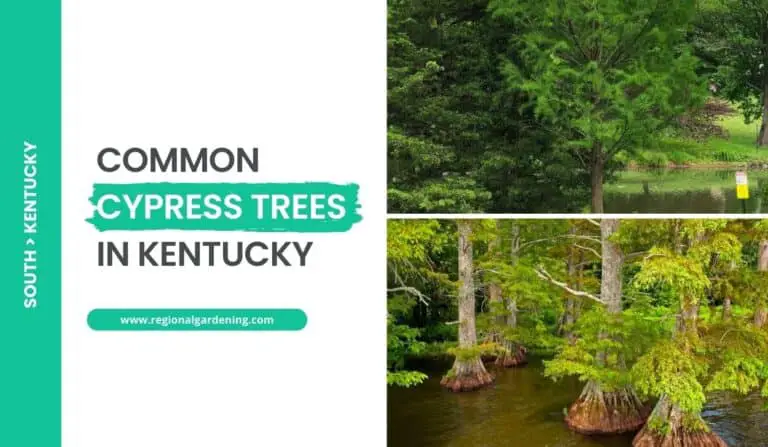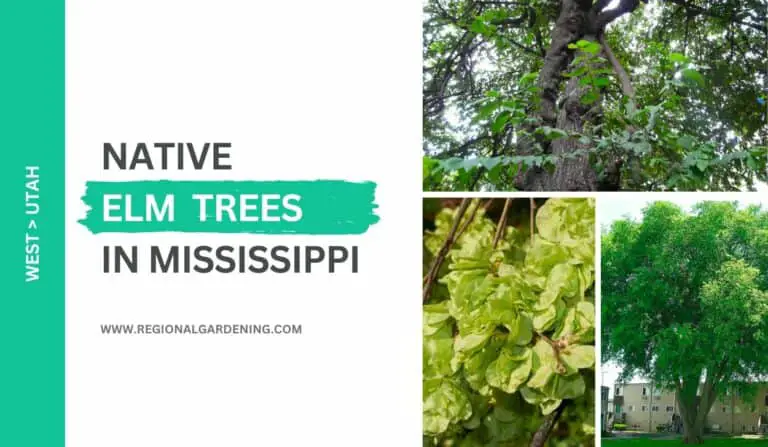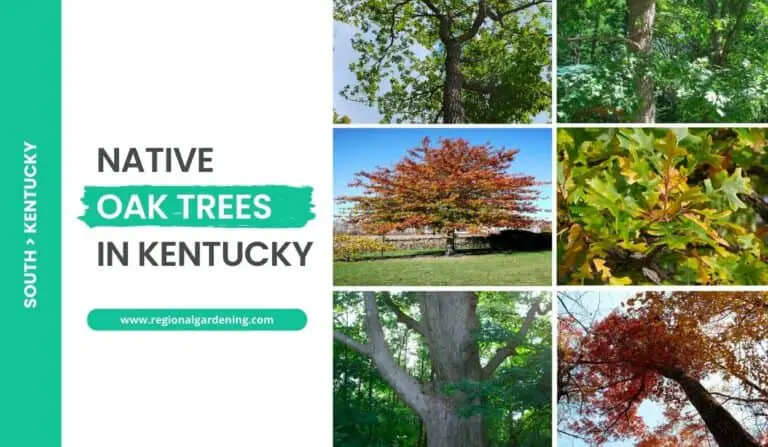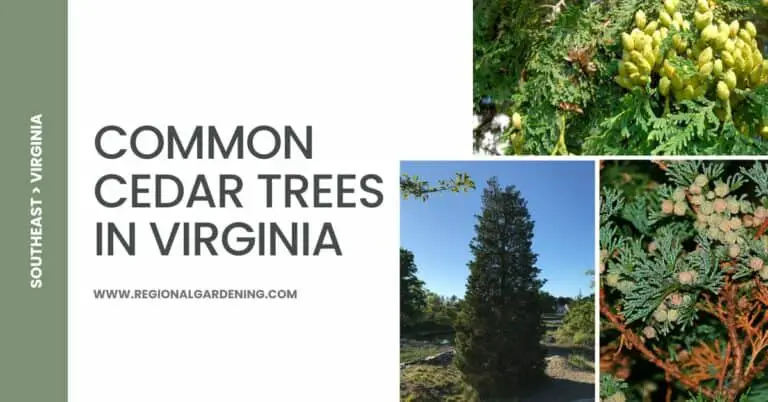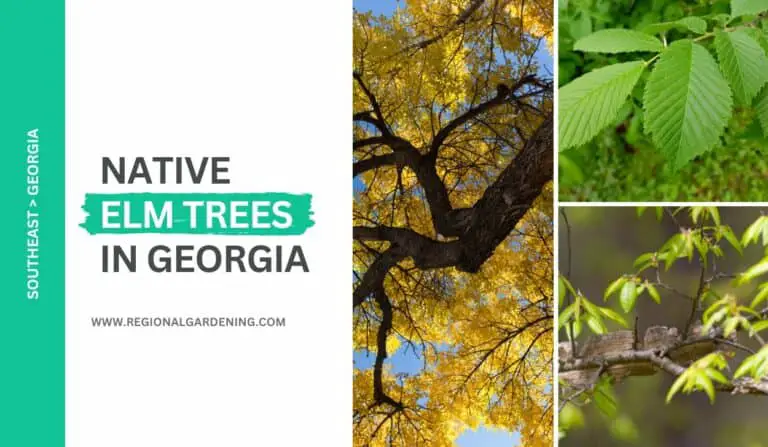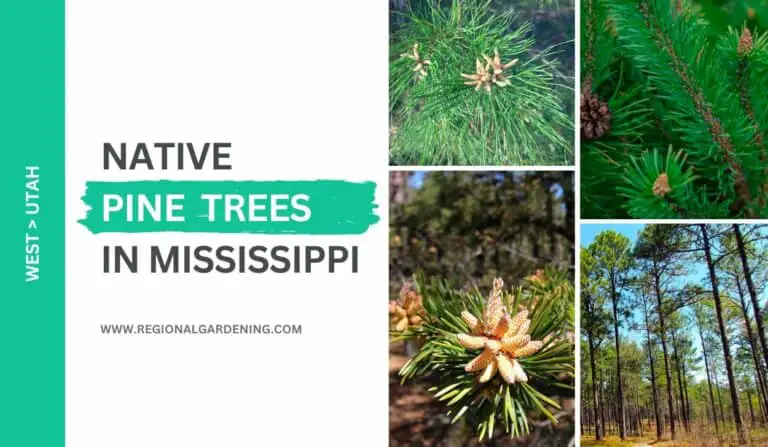Native Birch Trees In Georgia (Pictures & Identification)
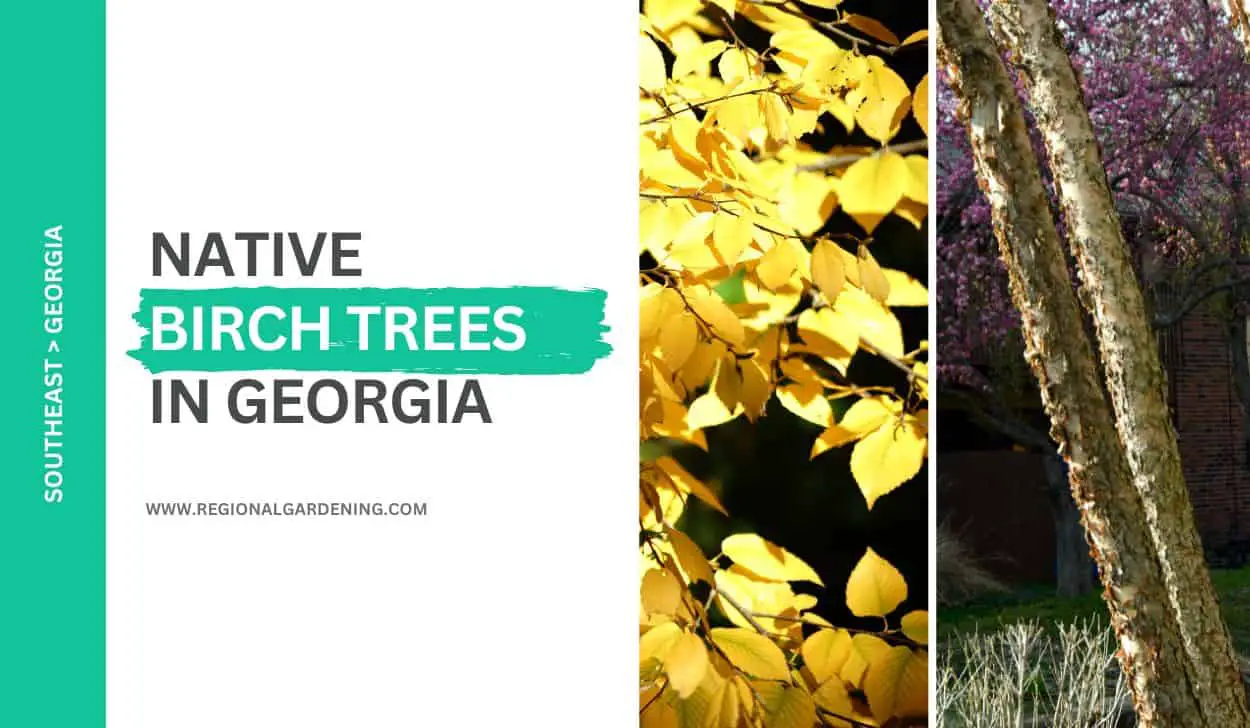
Birch trees are a popular and well-known species of tree found throughout the world, known for their distinctive bark, delicate leaves, and elegant appearance.
While birch trees may not be as commonly associated with the southeastern United States as they are with more northern regions, there are still some native varieties that can be found in these regions.
In this article, we will take a closer look at the two types of native birch trees in Georgia, exploring their unique characteristics, preferred habitats, and range.
Let’s begin.
1. Sweet Birch
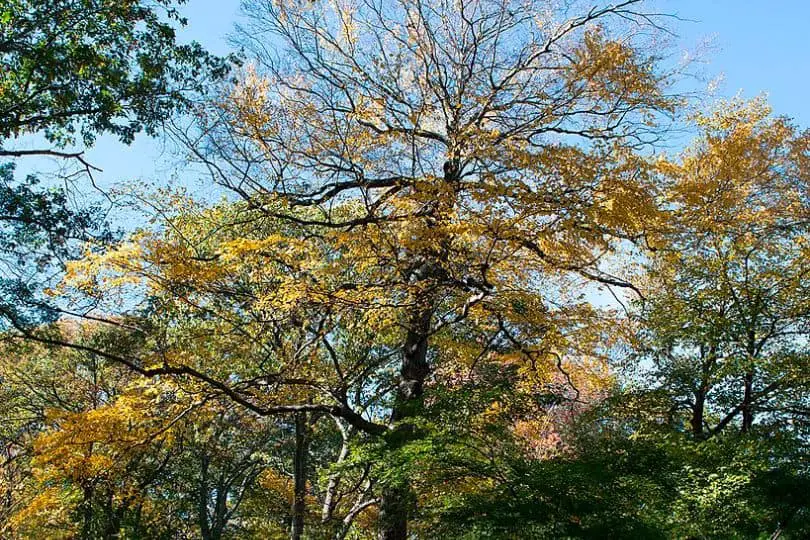
- Common Name: Sweet Birch
- Scientific Name: Betula lenta L.
- Mature Height: 70 to 80 feet
- Native/Non-Native: Native
- Flowers/Cones: Cone-shaped fruit without hairs, enclosing winged nuts
- Uses: Used as a substitute for mahogany to make furniture, wooden ware, and fuel. Oil of wintergreen distilled from the bark is also sold commercially.
The Sweet Birch tree is a magnificent natural tree that can reach heights of 70 to 80 feet. It has oval to oblong leaves with a slightly heart-shaped or rounded base. They are dark green and smooth on top, and bright yellow-green and hairy on the veins beneath. The leaves turn deciduous and fall from the tree in the autumn.
The Sweet Birch fruit is cone-shaped and 1 to 1 1/2 inches long. It has no hairs and contains little, winged nuts. This tree’s twigs have a wintergreen odor, which is one of its distinguishing features. Young stems and branches have smooth, lustrous bark that is dark brown with a reddish tint. It becomes dull, heavily wrinkled, and broken into huge, uneven, scaly plates on old trunks.
This tree is mostly found in cool, rich alpine soils. It features dark brown wood that is sturdy and hard, with light brown or yellow sapwood. It is frequently used as a substitute for mahogany in the manufacture of furniture, wooden utensils, and fuel. Wintergreen oil is extracted from the bark and marketed commercially.
2. River Birch
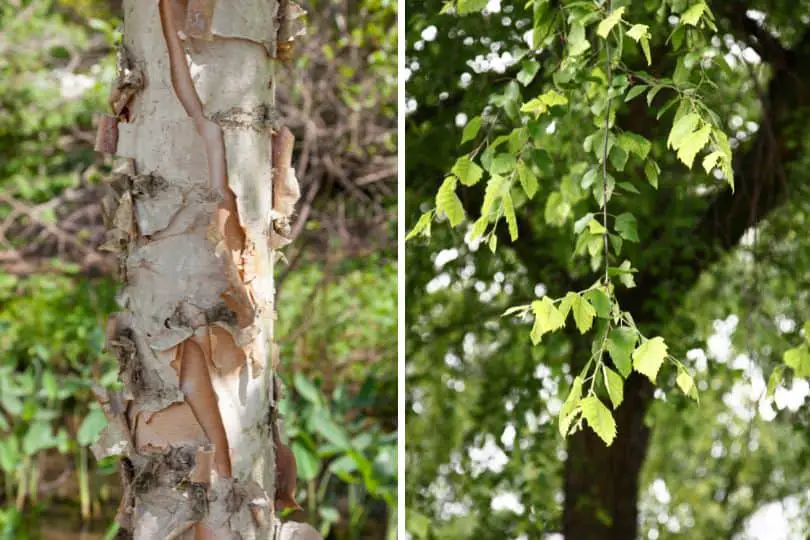
- Common Name: River Birch
- Scientific Name: Betula nigra L.
- Mature Height: 70 to 80 feet
- Native/Non-Native: Native
- Flowers/Cones: Fruit cones, about 1 inch long and densely crowded with small, winged nutlets ripening in the late spring
- Uses: Furniture, wood products, turnery, and fuel.
One of the most commonly found birch trees in Georgia, the River Birch is a beautiful deciduous tree that can grow to be 80 feet tall and has a trunk diameter of 2 to 3 feet.
The leaves are oval or triangular in shape, 1 1/2 to 3 inches long, with broad bases and doubly serrated margins. They are dark green and smooth on top and light green and smooth on the bottom, with the exception of the veins. The leaves become yellow in autumn before dropping from the tree.
The bark of the River Birch is one of its distinguishing features. It is reddish-brown in color and peels off in thin, papery, curled layers, giving the appearance that the tree is shedding its skin. The bark is not only aesthetically pleasing, but it also helps to strengthen the tree by protecting it from outside damage.
The tree produces fruit cones that are about an inch long and densely packed with tiny, winged nutlets. They mature in the late spring and drop from the tree.
River Birch sapwood is firm, close-grained, bright, robust, and light brown with pale sapwood. It is used to make furniture, wood products, turnery, and fuel.
The River Birch is native to the lower highlands and Piedmont, but it can also be found in the coastal plains of the United States. It grows well in wet soil and is commonly seen along stream banks. The River Birch is a lovely and useful shade tree with a distinctive bark that adds visual interest to any landscape.
Native Birch Trees In Georgia – Frequently Asked Questions (FAQs)
The following are some of the most frequently asked questions about native birch trees in Georgia, and we’ll answer them in detail below.
Can birch trees grow in Georgia?
Birch trees can grow in Georgia, but it is dependent on the region and climate conditions. Birch trees prefer cooler climates and can withstand some frost, so they are more common in Georgia’s northern and mountainous regions. They can be found growing in forests, along rivers and streams, and in other moist areas in these areas. On the other hand, they may struggle to survive in warmer regions of Georgia and may be scarce.
Is paper birch native to Georgia?
No, paper birch trees are not native to Georgia. However, they have become naturalized in the area and are commonly found in the state’s cooler regions. Only the river birch and sweet birch are native to Georgia.
Where are the most birch trees in Georgia?
The majority of birch trees in Georgia can be found in the state’s northern and mountainous regions, where the climate is cooler and more conducive to their growth. Birch trees can be found in the Chattahoochee-Oconee National Forest, the Appalachian Mountains, and the Blue Ridge Mountains. These areas provide the moist soil and cooler temperatures that birch trees need to thrive.
However, it’s important to note that birch trees are not the dominant tree species in Georgia and are typically found growing among other tree species in mixed forests.
Similar Articles
- Native Oak Trees in Georgia
- Native Pine Trees In Georgia
- Native Hickory Trees In Georgia
- Native Maple Trees In Georgia
- Native Tupelo Trees In Georgia
- Native Plum Trees In Georgia
- Native Magnolia Trees In Georgia
- Native Willow Trees In Georgia
- Native Ash Trees In Georgia
- Native Elm Trees In Georgia
- Native Dogwood Trees In Georgia
- Native Cottonwood Trees In Georgia
- Native Cedar Trees In Georgia
- Common Purple Trees In Georgia
- Common Cypress Trees In Georgia
- Common Palm Trees In Georgia
- Common White Flowering Trees In Georgia
Sources
The Regional Gardening team makes sure that the information in our articles is accurate by only using sources that are known to be trustworthy. Some of these sources are peer-reviewed journals from government agencies, well-known universities, and scientific research organizations.
- Georgia Native Plant Society
- College Of Agricultural & Environmental Sciences, University Of Georgia
- Native Plants Books, Georgia Native Plant Society
- Georgia Forestry Commission
- Native Plants Of North Georgia, University Of Georgia
- Tree Care, Georgia Tree Council


